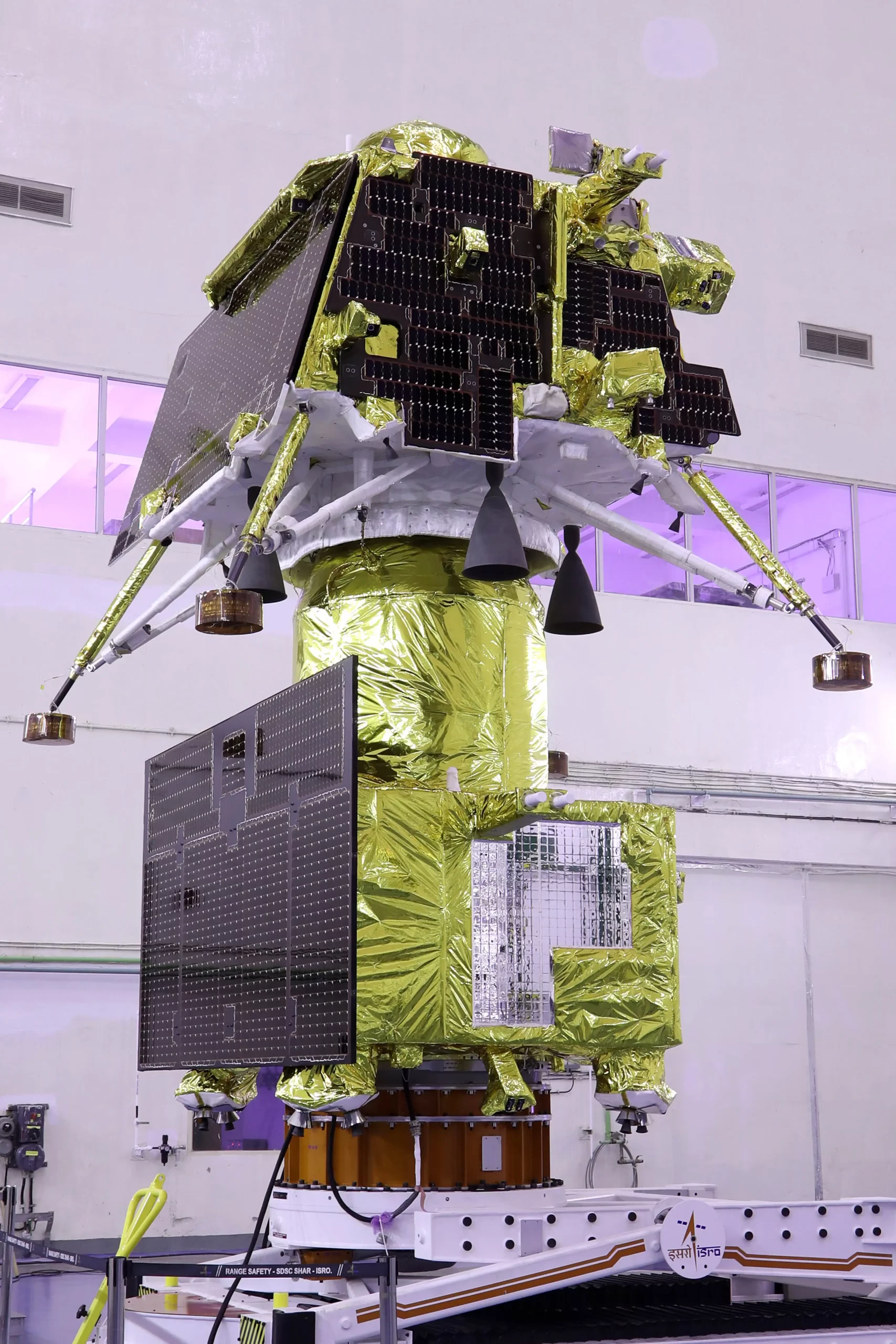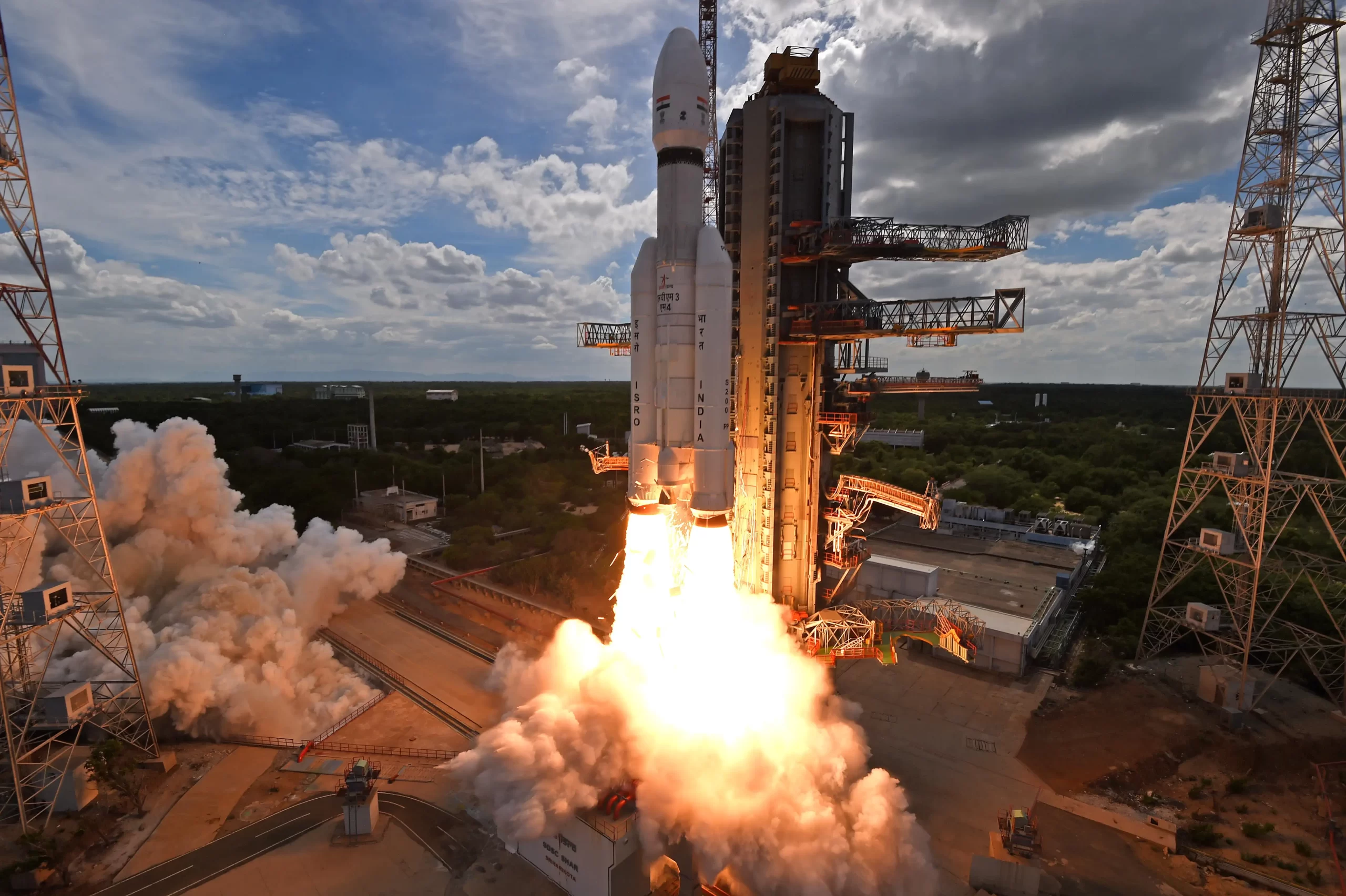India becomes first to land on the South Pole of the Moon
The Indian space mission Chandrayan-3 successfully landed on the South Pole of our natural satellite, a milestone in the history of space exploration.
Chandrayaan-3 is India’s third lunar exploration mission, whose objective is to demonstrate the capability of soft landing on the lunar surface with its lunar lander and also to demonstrate safe ground travel capabilities, for which it consists of a lander and deployable rover configuration.
In addition to the importance of being able to conduct in-situ experiments, the Indian Space Research Organization (ISRO) expects Chandrayan-3 to support future Indian interplanetary missions.
Chandrayaan-3 lunar mission
Chandrayaan-3 consists of a lander module (LM), a propulsion module (PM) and a rover, with the objective of developing and demonstrating new technologies needed for future interplanetary exploration missions.
The lander was able to land softly at a specific lunar site at the South Pole (the first time mankind has ever landed there) and should deploy the rover, which will perform in situ chemical analysis of the lunar surface during its journey.

The Lander and Rover carry science payloads to perform experiments on the lunar surface. The primary function of the PM is to carry the LM from the launch vehicle’s injection orbit to 100 km of the final lunar circular polar orbit, and then separate from the LM and PM.
Apart from this, the propulsion module also has a scientific payload as an added value that will be operated after separation from the lander. It is a spectro-polarimetric sensor to study spectral and polarimetric (studies the polarization of light emerging from a body to obtain information on some of its physical properties) measurements of the Earth from the Moon’s orbit.

The launcher chosen for Chandrayaan-3 was the LVM3 M4, which lifted off on July 14. Thus, the journey of the lander and rover from Earth to its destination on the Moon took 40 days.

/https://aviacionlinecdn.eleco.com.ar/media/2023/08/Chandrayan-3-India.jpg)
Para comentar, debés estar registradoPor favor, iniciá sesión